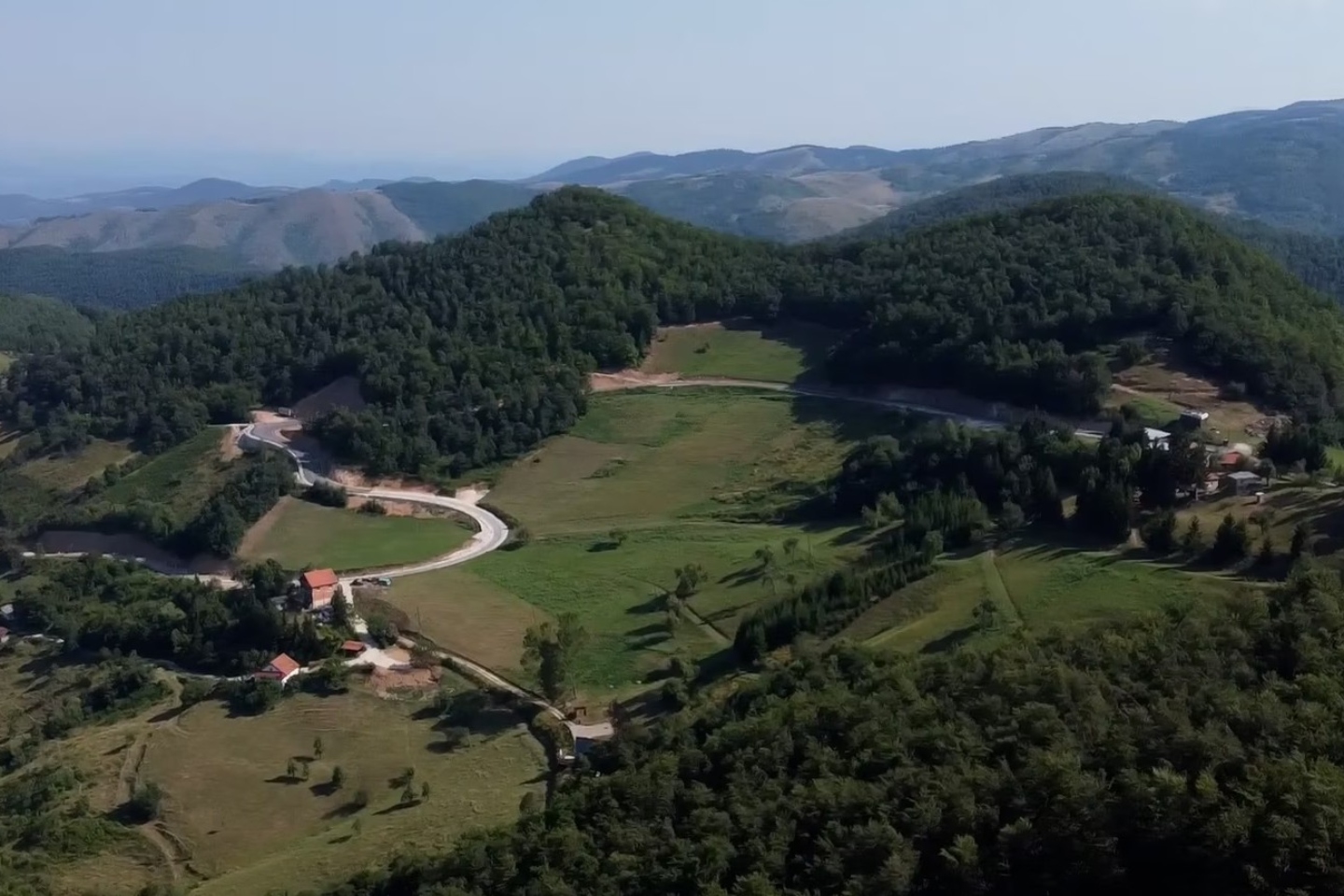Strickland Metals has launched phase two metallurgical testing to test metal recoveries before locking down processing flowsheets from its Shanac deposit, part of the company’s Rogozna gold and base metals project in Serbia, after bulk samples arrived at ALS Laboratory in Perth. The 400kg sample, made up of core from Shanac is now under the supervision of Macromet, a specialist mineral processing consultant.

Strickland Metals has launched phase two metallurgical testing after bulk samples from its Shanac deposit, part of the company’s Rogozna gold and base metals project in Serbia, arrived at an ALS Laboratory in Perth.
The 400kg sample, made up of quartered core from two of the drill holes which intercepted mineralisation at Shanac, is now under the supervision of Macromet who has been hired as its specialist mineral processing consultant.
The work aims to refine metal recovery methods before locking down the processing flowsheet for the deposit while building on positive results from an earlier program in 2021, which achieved solid recoveries of both gold and copper through standard flotation processes.
More specifically, since the deposit is broken down into three distinct geometallurgical zones including gold-only, copper-gold and lead-zinc-silver mineralisation, the tests will be conducted on each of the areas to develop up a cost-effective and efficient mining process tailored to the deposit.
The previous work focused on gravity gold recovery, mineralogy and flotation test work on its Shanac, Gradina and Copper Canyon deposits to determine the average head grade and recoveries of each over the life of the mine.
Overall, Shanac which holds an estimated 4.6 million ounces of gold equivalent, showed the best grades for the highest tonnage at 1.34 grams per tonne (g/t) gold and 0.15 per cent copper. Copper Canyon came in next with a head grade of 0.86g/t gold and 0.37 per cent copper for a resource of 810,000 ounces of gold equivalent while Gradina landed with grades of 2.86g/t gold including 0.02 per cent copper.
In the flotation testing, samples from Shanac and Copper Canyon were processed in steps to separate copper and pyrite concentrates. However, only a pyrite concentrate was produced from the Gradina samples as the copper content was negligible. Additional stages of regrinding and cleaning were done for Copper Canyon and Shanac samples to raise the copper concentrate in the final product to a sellable level of more than 20 per cent.
The main findings from those tests showed 85.9 per cent gold recoveries and a copper recovery of 80.5 per cent from Shanac. Similarly, the tests on the Copper Canyon sample revealed a total gold recovery of 77.5 per cent while copper recovery was particularly high, reaching 91.5 per cent. The gold recovery from Gradina came in at 87.9 per cent.
The moderately hard material in all three deposits was judged to be ideally suitable for standard grinding processes.
Strickland Metal managing director Paul L'Herpiniere said: “Polymetallic deposits such as those which occur at Rogozna are very common in the Western Tethyan Belt, including the world-class Zn-Pb-Ag Trepca deposits located in proximity to Rogozna and the Rupice Ag-Zn-Pb-Au-Cu deposit that was recently developed by Adriatic Metals at Vares in Bosnia and Herzegovina. Given the extended history of mining in the region, the successful processing of these deposits using industry-standard flotation techniques has long been established.”
According to management, the program should wrap up by mid-2025 with the findings feeding back into the broader scoping studies for Rogozna due to start later next year.
With four rigs continuing to drill around the clock at Rogozna, exploration work in Serbia is still in full swing. Several holes with assays are still outstanding including, notably, the initial Kotlovi exploration holes, 400m to the south-west of Medenovac.
Enough data is now available from recent drilling at Medenovac to push forward plans for a maiden resource in the new year. Some of the more impressive numbers included a huge 50m intercept at 5.6 g/t gold equivalent as part of an even bigger 365.8m intercept at 2 g/t gold equivalent, which pushed the high-grade zone out to 150m and 60m further to the south.
As the drill rigs continue to pepper the site, Strickland seems to have no problems finding ounces at Rogozna and the early metallurgical signs appear to have ticked all the boxes.
Is your ASX-listed company doing something interesting? Contact: matt.birney@businessnews.com.au
















